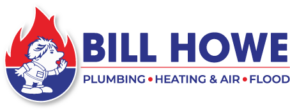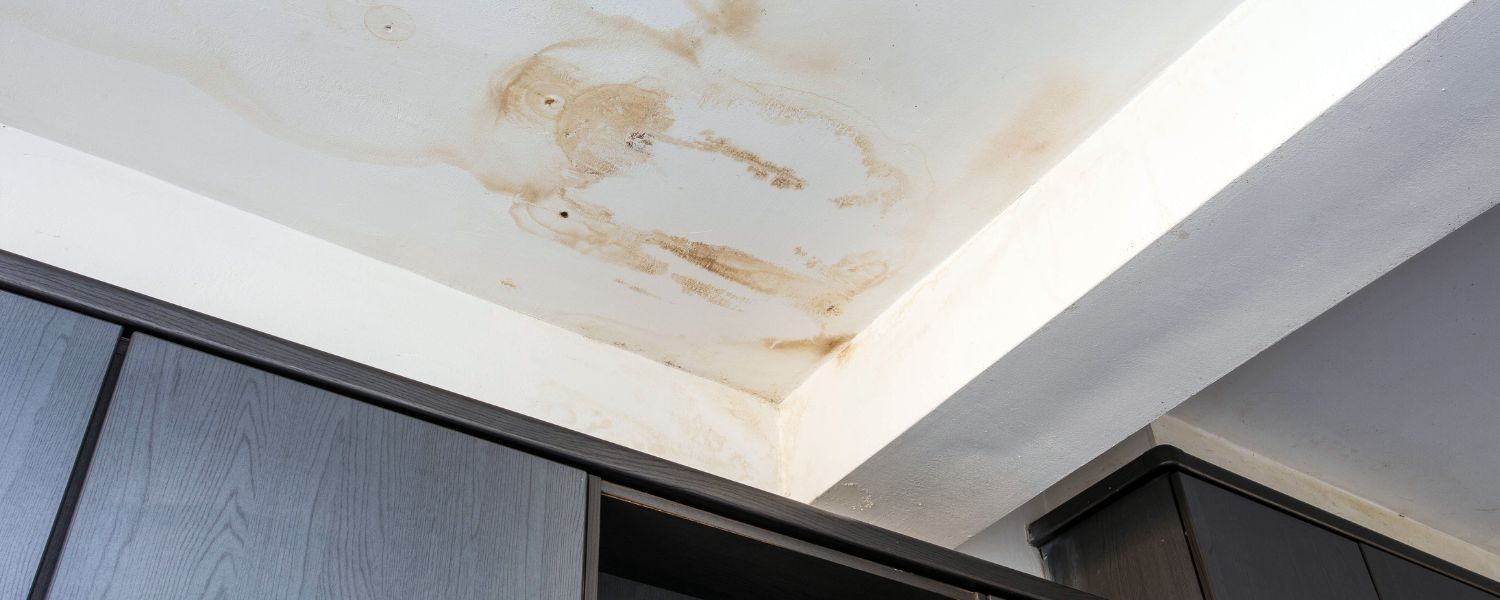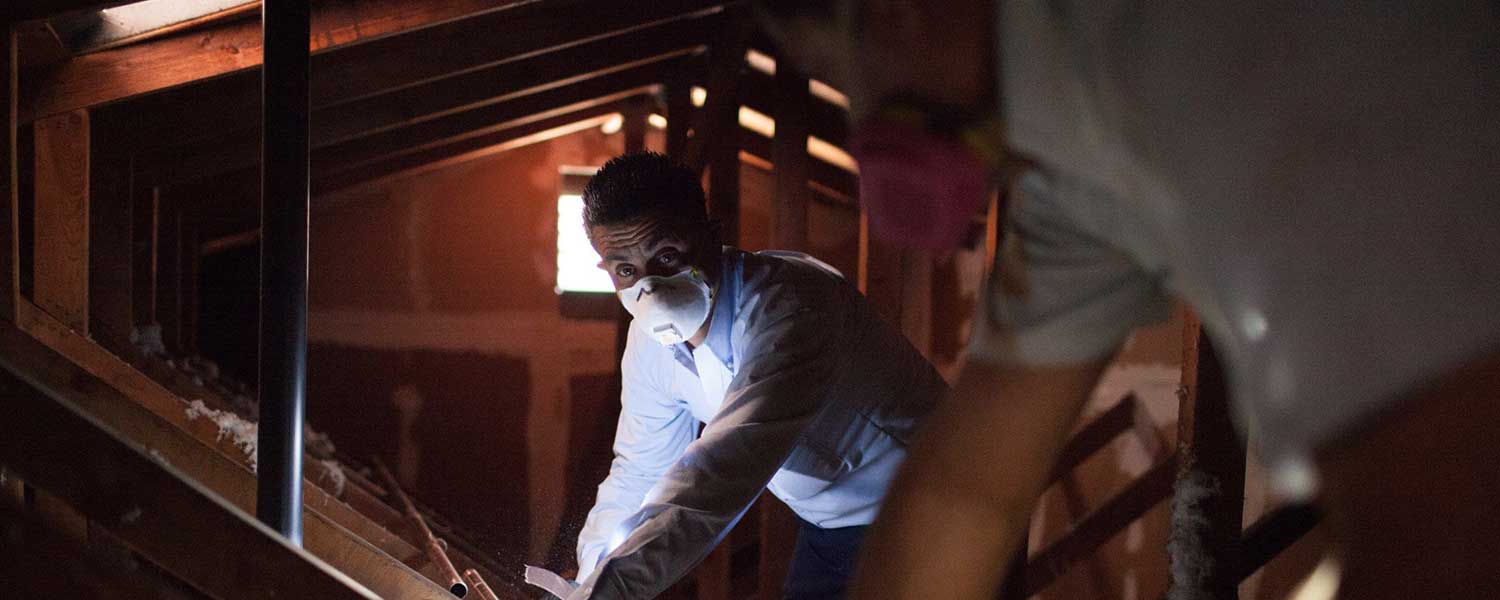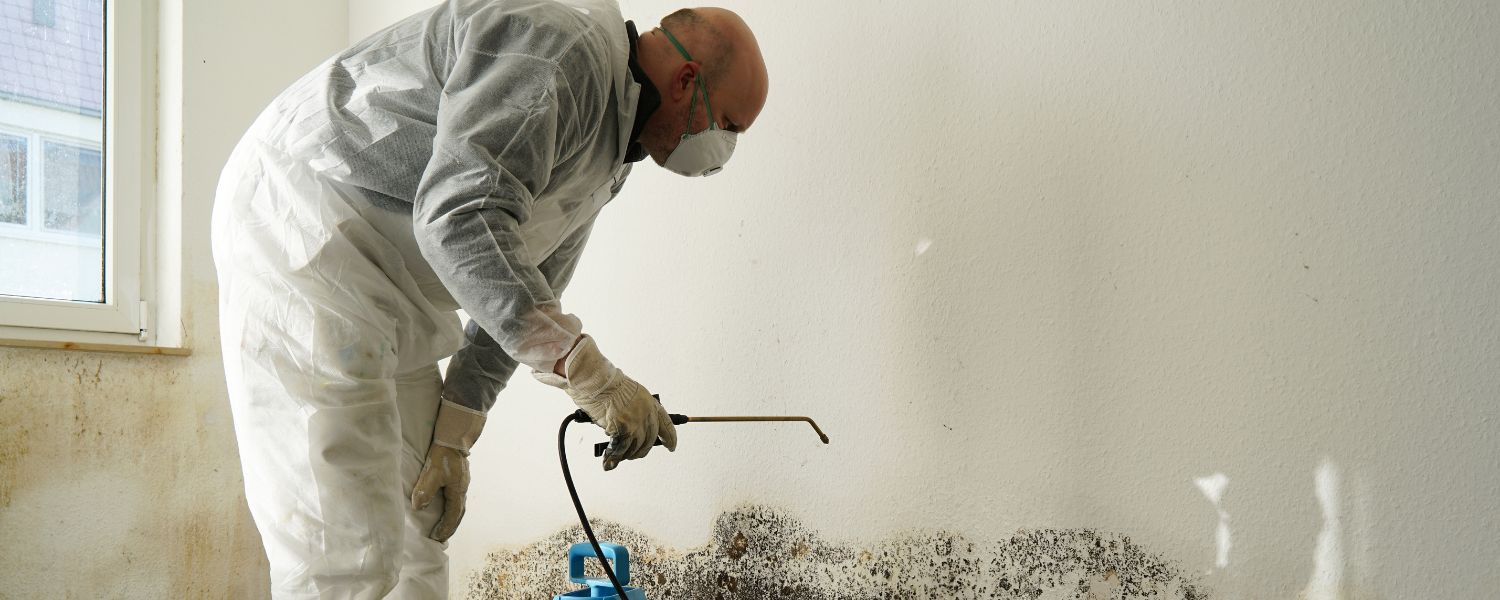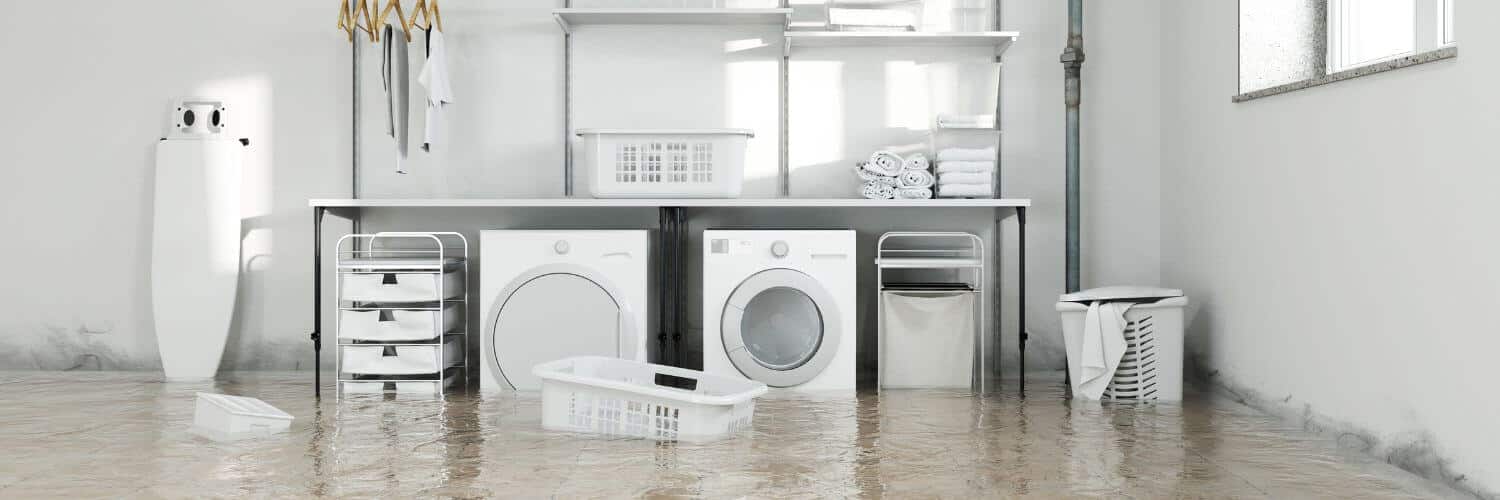When you experience water damage, it is certainly an inconvenience and where to start may be a bit overwhelming. By calling the water damage restoration specialists at Bill Howe Flood & Restoration, you can trust that we will go through the process with you every step of the way.
What is water damage?
Water damage occurs where excess water accumulates in areas it shouldn’t. Knowing what the usual causes of water damage are, you can take the necessary precautions to protect your property. By staying diligent and keeping an eye on the causes of water damage, you can spot the problem when it happens and mitigate the chances of significant water damage or mold growth. When you do notice a problem, make sure to call the experts at Bill Howe Restoration & Flood to help fix the problem.
Some causes of water damage are bursting or leaking pipes, water heater leaks, water buildup in crawl spaces, attics or basements, broken appliances, issues with your HVAC system, and natural disasters. If water or moisture builds up due to any of these causes, mold, fungus and bacteria can grow, damage to your property can occur and major problems can develop. If you notice water intrusion or damage, addressing it quickly is key.
What are the different types of water damage?
There are three different types of water damage and each type requires a specific type of clean up.
Category 1:
This is often referred to as clean water damage. A clean water source is one that does not create substantial health risks to humans. Clean water sources may include broken water supply lines, tub or sink overflows with no contaminants, appliance malfunctions involving water supply lines, melting ice or falling rainwater (which does not include water that flows over soil or through multiple structural components), broken toilet tanks and even toilet bowls that do not contain contaminants or additives. Once a clean water source comes into contact with other surfaces and/or materials, its condition may change as it mixes with soil and other contaminants.
Category 2:
Category 2 water damage is referred to as grey water damage. Unsanitary water contains some degree of contamination. Potentially, it could cause substantial discomfort or sickness if consumed. It also carries microorganisms or nutrients for them. Category 2 water can include dishwasher or washing machine waste water, overflow water from washing machines or toilet bowls with contaminants, broken aquariums and water beds. All of these may contain chemicals or bio-contaminants (fungus, bacteria, mold, viruses and algae) or other forms of contamination. Time and temperature can worsen Category 2 water damage. Water that remains untreated in flooded structures for longer than 48 hours can escalate from a Category 2 to a Category 3.
Category 3:
This is often referred to as black water. Totally unsanitary, black water sources are those that arise from the sewer or other contaminated sources. Black water not only contains feces and urine, but it also could contain dangerous chemicals or medical waste. Sources of this could be toilet backflows, sea water, ground surface water, and rising water from rivers or streams. These sources of black water carry silt, organic matter, and potentially heavy metals and toxic organic substances.
How do I handle water damage?
When you find water damage, the first step is to call a certified plumber from Bill Howe Plumbing to first address the underlying problem. The plumber will be able to locate and repair the problem before the water damage mitigation and water damage cleanup can occur. Next, call Bill Howe Restoration & Flood to provide restoration services and make it an optimal experience.
First, our water damage technicians who have received restoration certification through the IICRC will first diagnose what category and class of water damage has occurred. Additionally, we will work with your homeowner’s insurance to provide any documentation needed and will work as much as possible within your insurance coverage. From there, the technicians will inform you of the timeline and what to expect during the restoration process. Depending on the category and class, what happens during the restoration will vary.
For Category 1 water loss damage, extraction, dehumidification and ventilation are key. Also, by containing the affected area, the drying process can be sped up significantly allowing you and your home to get back to normal more quickly. By determining the classification of the water loss, the Bill Howe Restoration & Flood technician can determine if the building materials can be dried in place or need to be removed. This determination will also dictate the amount and type of drying equipment is needed.
Category 2 water loss clean up is a bit more involved. Hiring a trained water mitigation professional is highly recommended, and in most cases, necessary to insure the affected area is restored properly. First, the experienced technician will remove any furniture or items that can be moved. If a feature cannot be moved, it will be treated for water damage and sanitized. Next, the flooring will be treated. For the majority of floor coverings, excess water will need to be removed. A sanitizing solution will then be applied to the entire affected area to prevent or stop the growth of microorganisms, mold, or bacteria. Next, the carpet cushion or pad will be removed and replaced to insure no gray water or hazardous materials are left behind. Once this is complete, a drying chamber will be set up to thoroughly dry out the area. Dehumidifiers and air movers will be used to keep air moving and speed up the rate of evaporation. Unfortunately, any items that cannot be dried will need to be disposed of. Make sure to take note of what your are having to get rid of to report the damage caused back to your insurance company. Next, if any drywall, plaster or flooring needs to be replaced, it would be done now in the restoration process. Once complete, the entire area will undergo one final cleaning.
Like the Category 2 water loss, clean up for Category 3 water damage requires a restoration professional. Hiring a company that is certified in Category 3 water damage remediation is needed in this case to insure that the proper process is followed, health risks are eliminated and your home is restored properly. The clean up process in a category 3 clean up is a much more complicated process than a category 2. Special precautions are taken during a Category 3 to keep you, your family, and our technicians safe.
If you are experiencing Category 3 water damage, give the experts at Bill Howe Restoration & Flood a call at 1-800-BILL-HOWE (1-800-245-5469). We will treat your home as our own and restore your home back to normal in no time.
